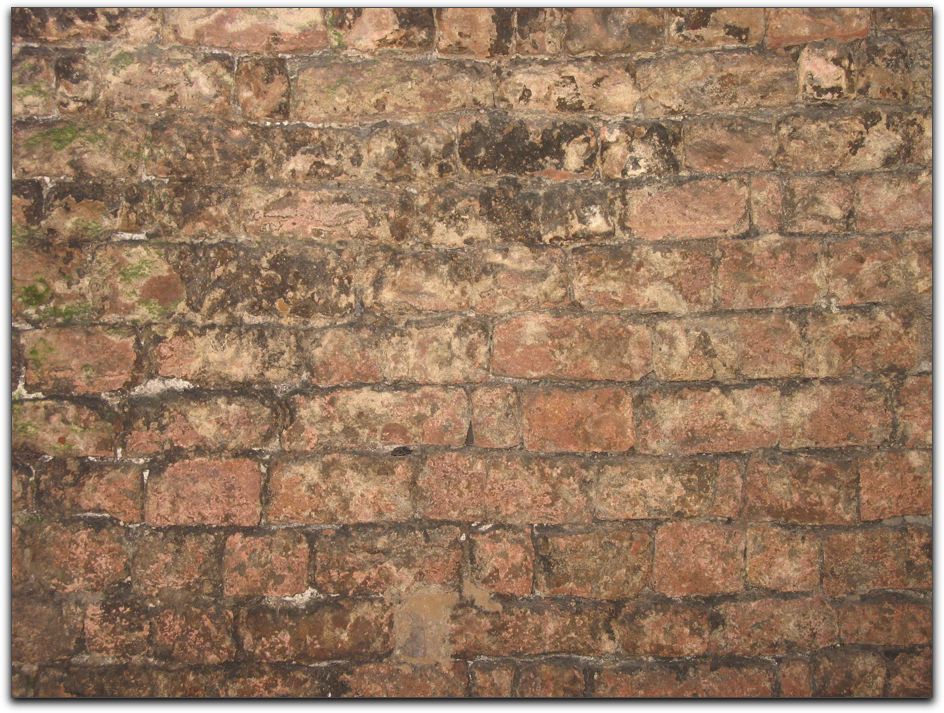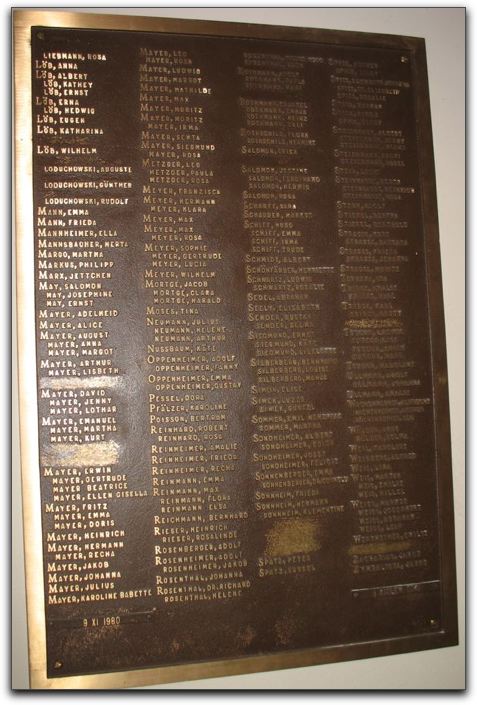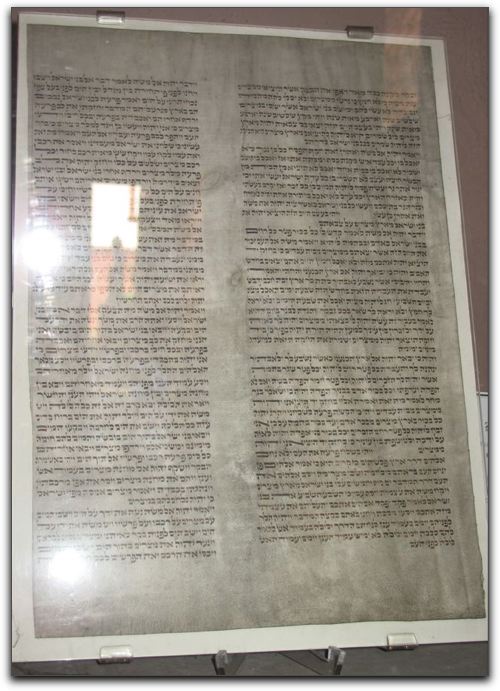
After taking our leave of Ingo we drove about an hour to Worms Worms is a bit larger than Speyer, but not much.
What draws people to the city of Worms?
We walked into the market area from our parking space. Only later, as we saw a number of signs related to Martin Luther did we realize that we were walking in the Jewish direction and the Christian Lutherans were walking to make their own pilgrimage in a different direction where the Diet of Worms had been held to evaluate his actions. Elsewhere we saw signs for the Nibelungenmuseum. We presume that this was also a draw to the city.
More than a hundred years before the beginning of the composition of the Nibelungenlied, a young Jew from Troyes in north-eastern France came to the Rhine valley to study with the Talmudic scholars who had established themselves at this little city along the Rhine.
We had been to Troyes to experience Rashi during the second week of our adventure. Now, in the next to last week, we were in another city for which he was known, to renew that link to Rashi.

We took our portrait there

and looked around.
The open door is the entrance to the synagogue. To our left is the yeshiva which seats about six students around a table and a rabbi in a raised alcove on the west wall. It offered a very intimate learning experience.
The synagogue, now served by a local lay person from a neighboring city, is populated by many Russian Jews, recent arrivals. Plaques all over the walls of the women's section list names of members of the community who perished during the Nazi period. While they are set in bronze, every once in a long while, the community learns of someone who actually survived and they need to erase the name. This is a rare instance when erasing a name is good!

I
One strange "relic" in the synagogue is sheet from a Torah scroll:

sent from Temple Akiba of Culver City in the Los Angeles area where Debbie's mother had played organ in the early 1950s:

The small Jewish Museum there exhibits examples of the integration of the Jews into the community and also sadly three burnt wimpels (Torah binders) damaged on Kristallnacht.
And we saw the medieval mikvah modeled on that of Speyer--both being at river-water level.

We wondered how these mikvaot were used? Was there a way of heating the water with hot stones lowered into the water in iron or ceramic buckets? Mark asked a young scholar he knows who has done research on the subject. This scholar does not know the answer to our question, however, he offered this:"All I can tell you is, from my own experience, the water in [the] Worms mikve is cold.... When I was there about two years ago [2004] in the early spring, I asked permission from the guard, totally undressed, and dived into the water to see how it feels.
Well, it feels....
very cold!" ;-)
...we drove north on a road along the Rhine river through small towns, very lovely.
We did not see the Jewish cemetery in Worms, supposedly one of the oldest in Europe. However, in one little town we happened to see a little sign off the side of the road and could not resist driving in to take a closer look. Mark reached out with the camera and shot what he could through the locked gates. Note that to enter the cemetery, one has to get the key from the city hall:
How many cemeteries are there of communities with no descendants?